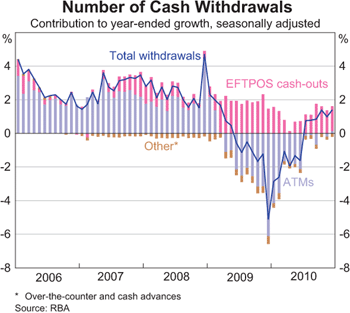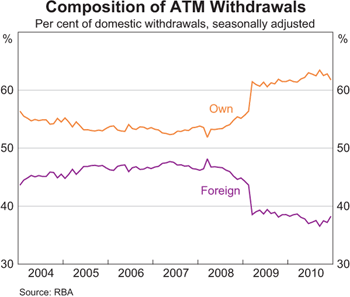There is enough bad regulation out there that it really should be newsworthy when good regulation is implemented. Last week, Stephen King, arguably Australia’s best current economist, presented a report card for Australian competition regulation at a UQ luncheon in Brisbane which highlighted a few of these good regulations.
For the bread and butter regulation of mergers and price collusion, Australia’s report card scored a measly D. But in consumer regulation, we scored an A for some great recent innovations. I want to spend time first highlighting King’s explanation of the false dichotomy of regulated vs. unregulated markets, and then move on to a prime example of good Australian regulation.
King is generally quick to remind us that regulation creates markets. Without property law and contract law, markets, as we know them, won’t be able function at all. The framework in which to understand regulation is that good regulation creates functional markets and balances benefits between market players and society at large. Bad regulation creates dysfunctional markets, or none at all, and can impede production by market agents by creating new risks, and costly hurdles.
So what is Australia’s best recently implemented regulation? ATM fee reform.
..when a cardholder makes a withdrawal or a balance enquiry at an ATM not owned by their financial institution (a ‘foreign ATM’), the owner of that ATM will now charge the cardholder a fee. The fee will be clearly displayed on the ATM screen prior to the transaction being completed and the cardholder will have the opportunity to cancel the transaction if he or she does not wish to pay the fee or believes that an ATM charging a lower fee may be situated nearby
Prior to the new regulation there was no obligation for the bank to make the account holder aware of the fee before they used a foreign ATM. Customers became frustrated with ‘bill shock’, as foreign many ATM users first found out about the fees weeks later in their monthly statement.
The new regulation was extremely simple, but had a dramatic effect on behaviour by improving information and choice.
The graphs below are from the RBA’s assessment of the impact of the ATM reforms. The massive shift away from ATM withdrawals to EFTPOS withdrawals and the massive shift to own-bank ATMs is clearly visible. Banks have also responded by investing in more of their own ATMs.
While the fee for using foreign ATMs has not changed, and is still around $2 per transaction, the information failure in the market was remedied with dramatic effect.
Other honourable mentions for good regulation are the requirements for mobile phone number transportability, implemented back in 2001, ahead of most of Europe, and close behind the UK and Netherlands. Often you can tell the common-sense value of a regulation by how quickly and wide-spread the global adoption trends become. Within ten years of the first mobile phone number transportability regulations in the Netherlands, almost every country had adopted them.
Along these lines, recent Australia Communications and Media Authority (ACMA) research into the telco confusopoly is likely to lead to some new simple regulations to improve information for consumers even further, by requiring standardised reporting of pricing for mobile phone contracts. (A nice presentation on confuspolies is here in ppt form.)
A final honourable mention is the recent proposal from former RBA governor Bernie Fraser to allow easier bank account switching. Your old bank will be required to redirect automatic debits and credits to your new account for a year, which is a close copy of some pioneering banking laws in Europe.
Part of the bad name of regulation is due to our incessant focus on bad regulation, without sparing a moment to reflect on how regulations are actually fundamental to market operations, and often deliver consumer value at low cost.
Tips, suggestions, comments and requests to rumplestatskin@gmail.com + follow me on Twitter @rumplestatskin

